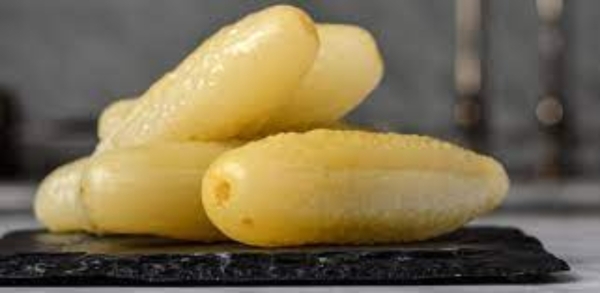European Commission approves two new Geographical Indications from Portugal and Sweden

‘Cebola da Madeira’ is the name given to bulbs produced using traditional practices on the islands of Madeira and Porto Santo.
The aroma is distinctive, with a hint of sweetness and notes of sulphur or garlic, earthy or vegetal and fresh, with low pungency and persistence. When cooked, they become milder and acquire smoky, grilled or caramel notes, while maintaining their intensity and complexity.
The parish of Caniço on the island of Madeira is particularly important for the production of ‘Cebola da Madeira’. Not only does it provide most of the regional supply, but it has also been hosting the ‘Festa da Cebola’ [Onion Festival] since 1997 to promote this traditional product and preserve its specific production method. On the island of Porto Santo, this crop is part of the strategic objective of safeguarding, enhancing and optimising the island’s agricultural and cultural resources.
Each producer of ‘Vit färsksaltad Östgötagurka’ uses their own recipe to prepare the brine. Traditionally, the brine must contain enough salt for a hen’s egg to float in it and must always contain dill. The exact composition often based on old recipes that have been passed down from generation to generation. ‘Vit färsksaltad Östgötagurka’ differs from other commercially available types of salted gherkin, as the brine used for the pickling contains neither sugar nor vinegar.
Due to the relatively hard skin and small core, they are much crunchier than freshly salted gherkins made from green gherkins. The firm and crunchy consistency of ‘Vit färsksaltad Östgötagurka’ gives it a pleasant bite.
AdvertisementThe list of all protected geographical indications can be found in the eAmbrosia database. More information is available online at Quality Schemes and on our GIView portal.
Share this article:



